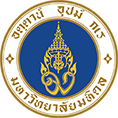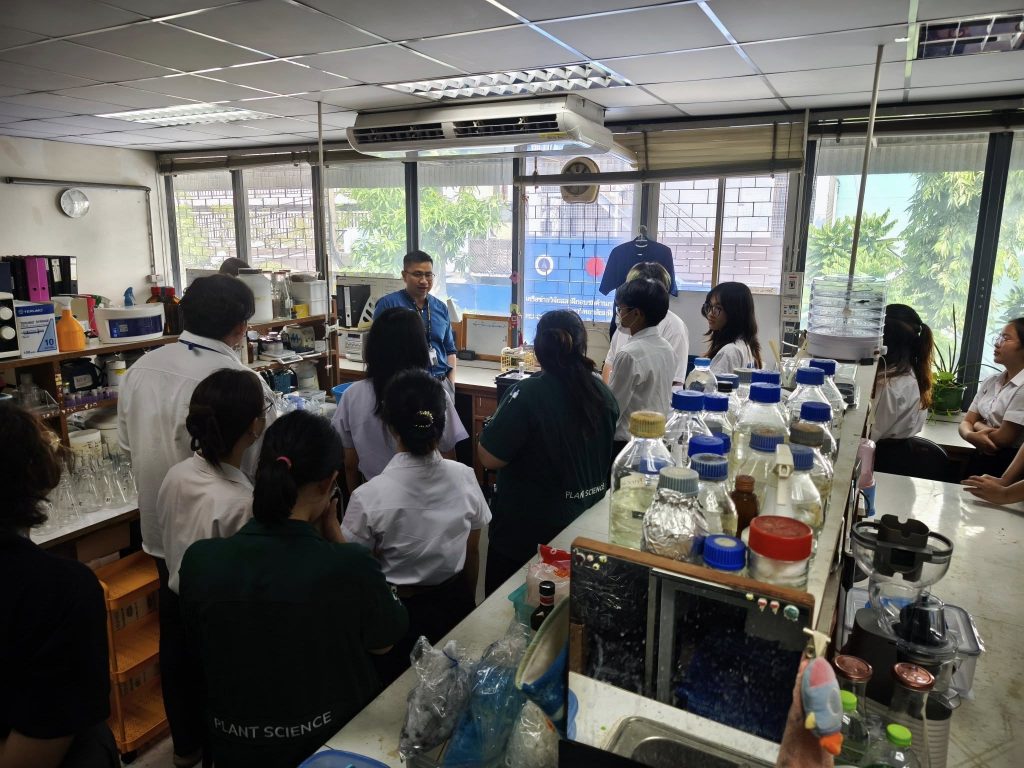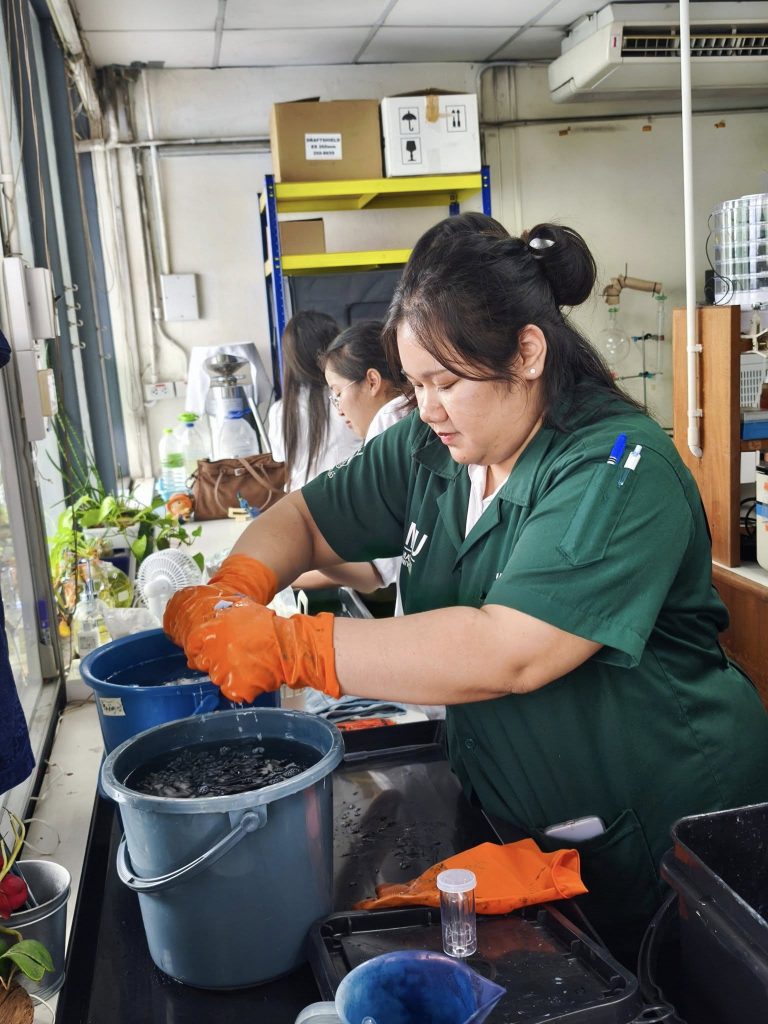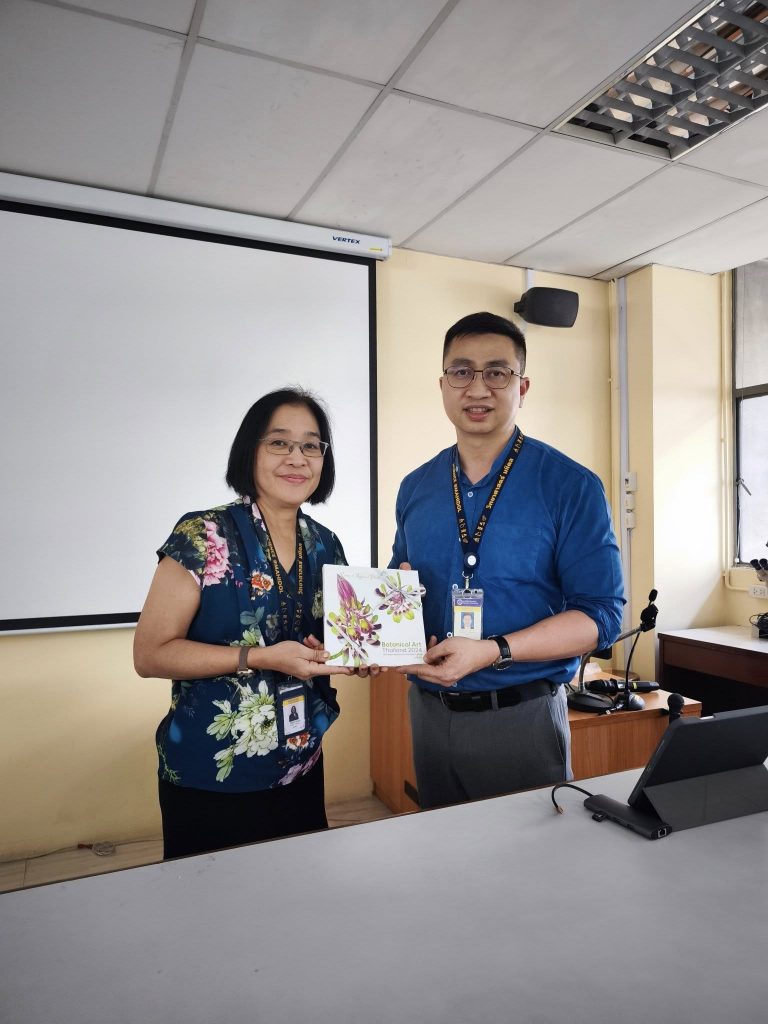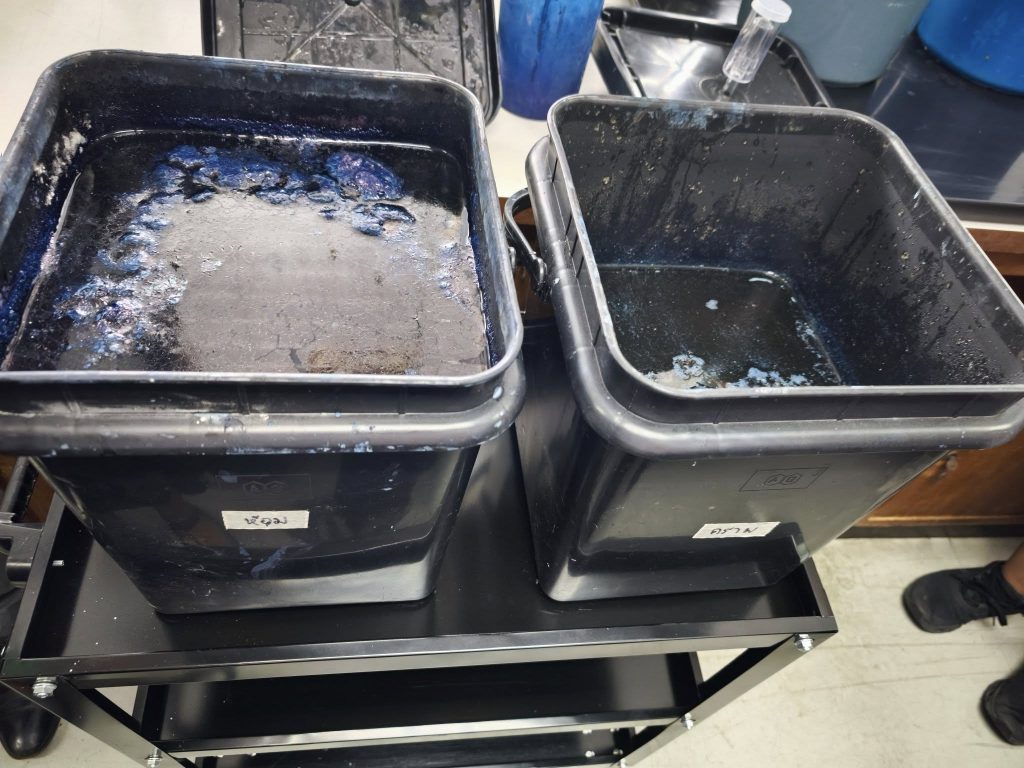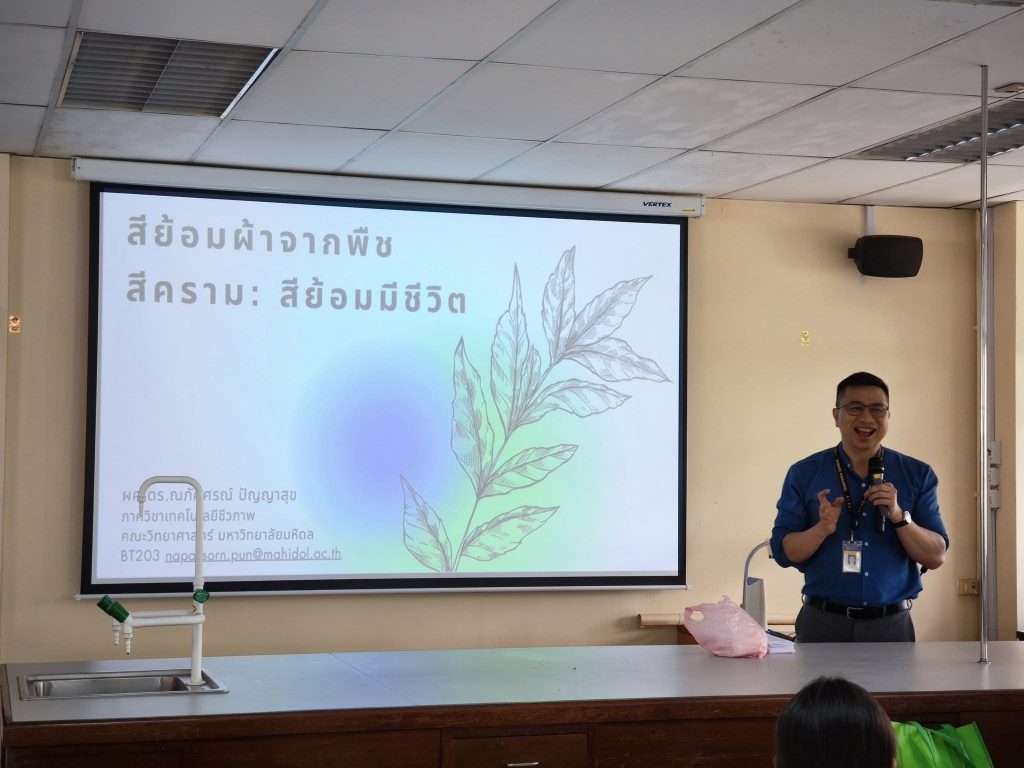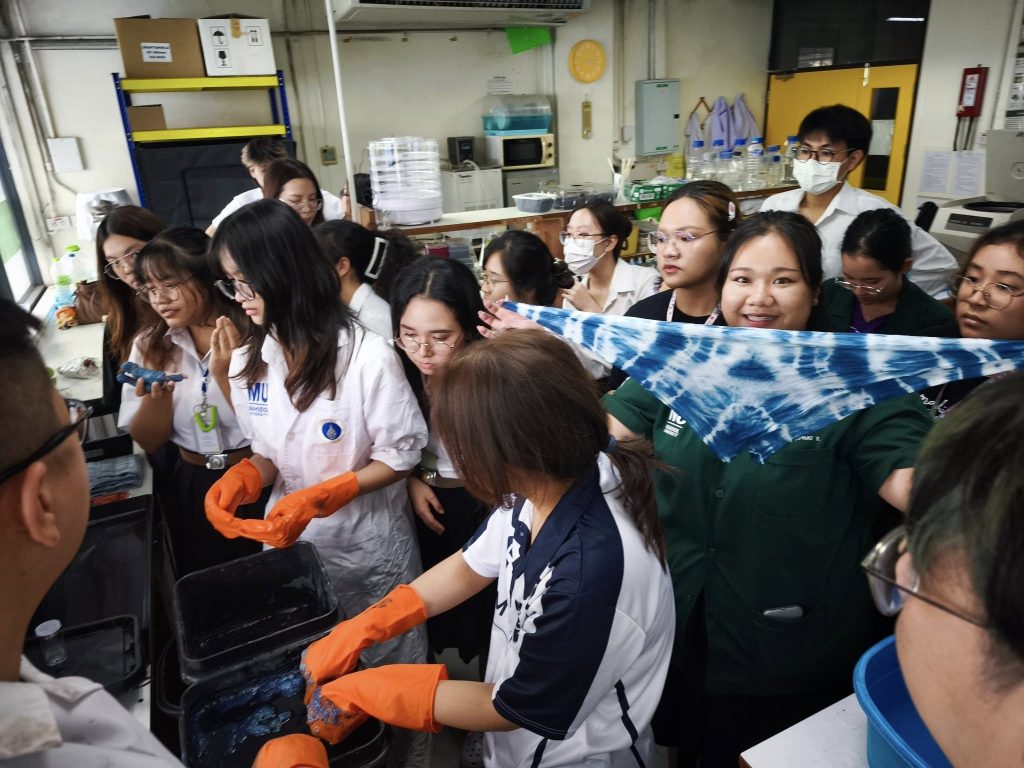As part of the Economic Botany course, taught by Asst. Prof. Dr. Sasivimon Swangpol, students from the Department of Plant Science, Faculty of Science, Mahidol University, participated in a hands-on learning activity titled “Natural Indigo Dyeing from Strobilanthes cusia and Indigofera tinctoria,” held at Laboratory BT203. This activity was a collaborative initiative between the Department of Plant Science and the Department of Biotechnology, Faculty of Science, Mahidol University.
The session was led by Asst. Prof. Dr. Napassorn Punyasuk, a faculty member from the Department of Biotechnology, who served as the guest speaker and provided in-depth knowledge on the extraction of natural indigo dye from Strobilanthes cusia (locally known as “hom”) and Indigofera tinctoria (“kram”). These plants are considered important economic resources in Thailand, known for their sustainable use in natural dye production.
During the activity, students learned about the historical and economic significance of these dye-producing plants, the preparation and handling of raw materials, techniques for extracting color compounds, and hands-on practice in fabric dyeing. The session emphasized both scientific principles and practical applications, offering students a comprehensive learning experience.
Moreover, this activity highlighted the integration of interdisciplinary knowledge, combining botany and biotechnology to explore the role of plants in local industries, cultural heritage, and sustainable development. It also fostered an appreciation for the scientific and economic value of native plant resources. The event reflects the Faculty of Science’s strong commitment to promoting integrative education and enhancing students’ competencies in both theoretical and practical domains. It aims to equip students with the skills and knowledge necessary to meet the challenges of modern science and contribute to the sustainable utilization of Thailand’s rich plant biodiversity.
